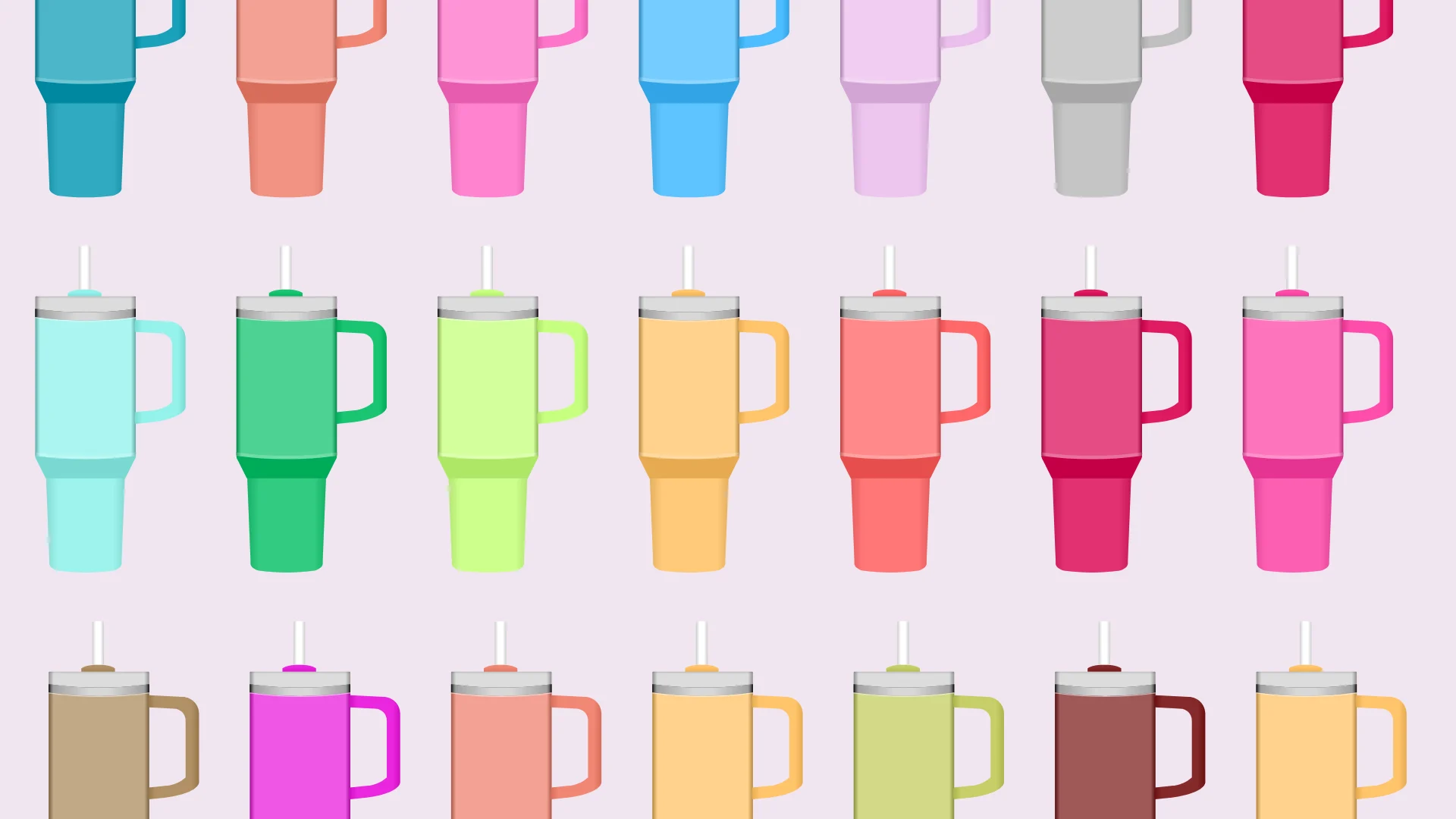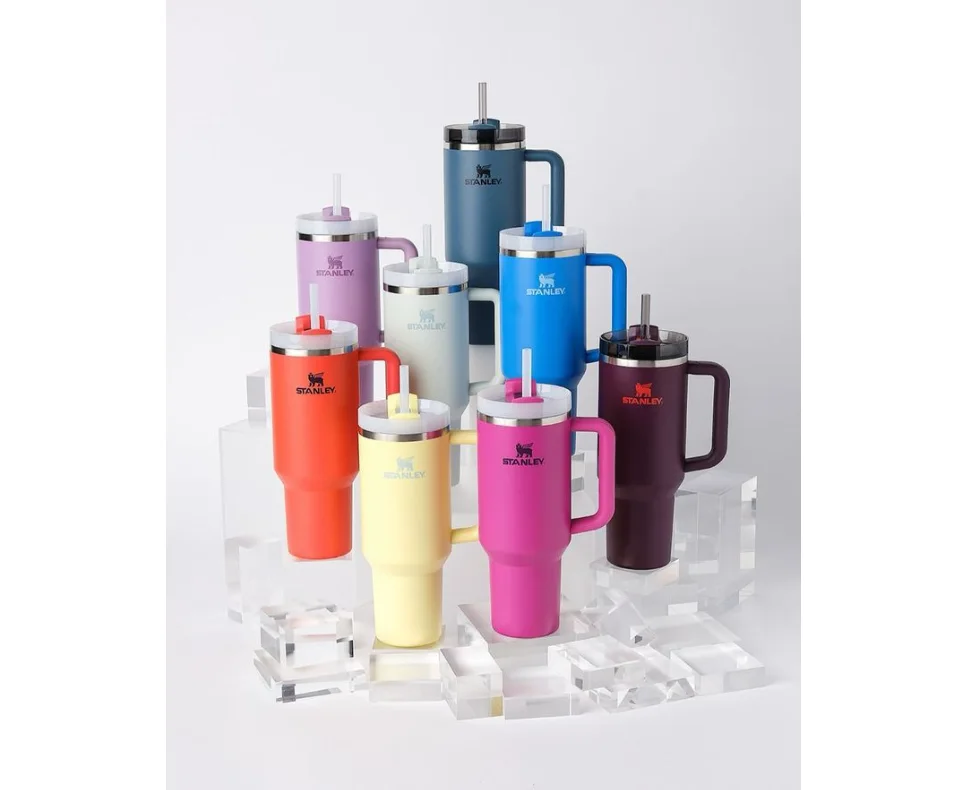
Collecting Stanley water bottles defeats their purpose
With proper care, a stainless steel water bottle can last over a decade.
You’ve probably heard of the Stanley Quencher H2.0 Flowstate tumbler.
It’s not just a stainless steel status symbol – for some, it’s a whole lifestyle.
People are camping outside Target in the U.S. for limited editions, and social media is full of cup-related content.

(Instagram/@stanley_brand)
SEE ALSO: Climate activists aren’t just young people–dispelling 3 big myths for Earth Day
For one thing, the products are sound.
One fan’s Stanley survived a car fire.
In November 2023, Danielle Lettering posted a now-viral video on TikTok showing her car, which had been destroyed in a fire.
Amidst the charred mess was her Stanley cup, still in-tact, with the ice still inside.
The company’s president sent her a new cup collection and a car in response.
The impact of water bottle fads
A water bottle can be an eco-friendly choice. They are reusable, after all. But sustainability experts caution that people don't need more than a couple of them in their cupboards.
"That's not what's happening with the Stanley cup phenomenon," Aja Barber, a U.K.-based author who writes about the impact of people's buying habits, said in an interview with CBC.
"People are becoming collectors and seeking them out."
If there’s one thing we know about internet trends, they move fast. Yeti, S’well, and Nalgene water bottles all spent their time in the spotlight.
And there will likely be more "it" bottles in the future, because there’s big money in them.
Vantage Market Research says the global market was valued at $8.3 billion in 2022, and it’s expected to grow to over $11 billion by 2030.
In the U.S., approximately 60 per cent of the population has a reusable water bottle, according to a 2020 study by CivicScience.
The recycling problem
Many stainless steel water bottle companies champion sustainability, but not all of the big bottle manufacturers offer “take back” programs, leaving the recycling up to the customer.
There’s a problem with that: You can’t drop a stainless steel water bottle in your blue bin because most curbside programs won’t accept them.
As a consumer, this may be a good time to rethink hyper-consumerism, say experts like Barber.
Instead of starting a collection, consider a stainless steel water bottle an investment. With proper care, it can last up to twelve years.











